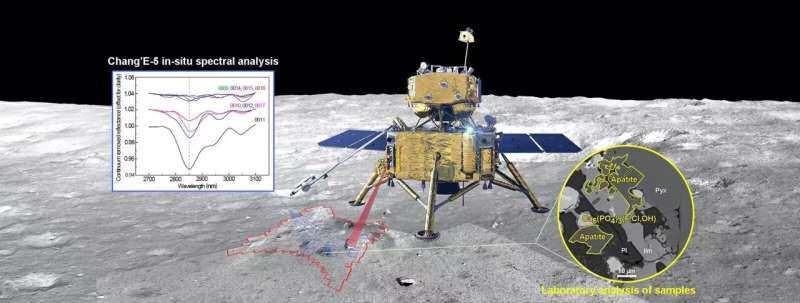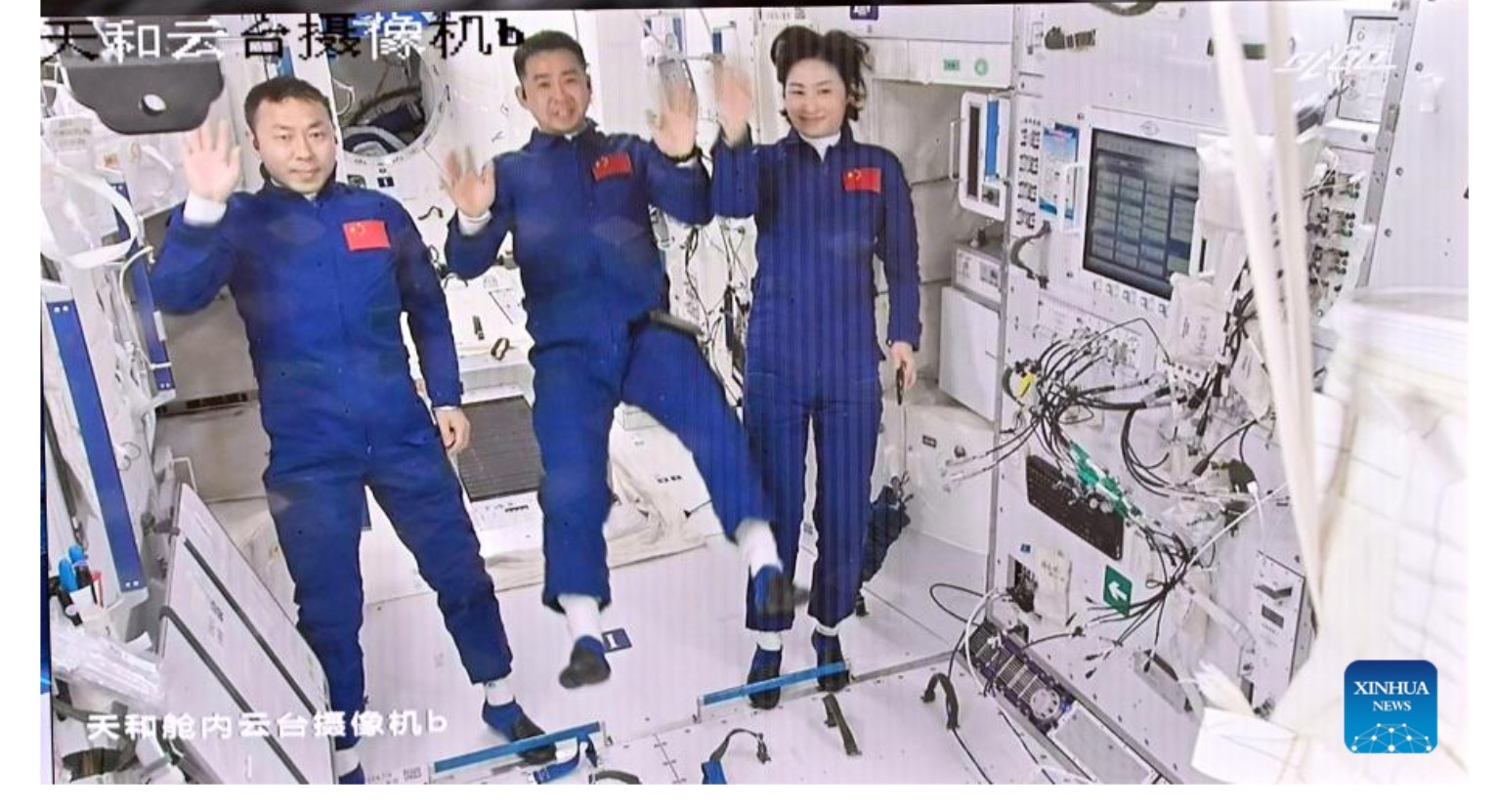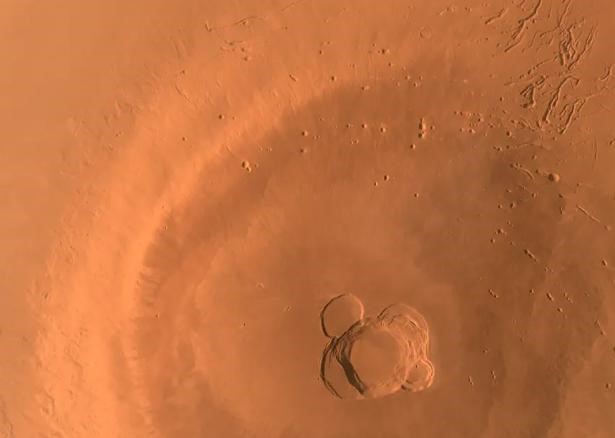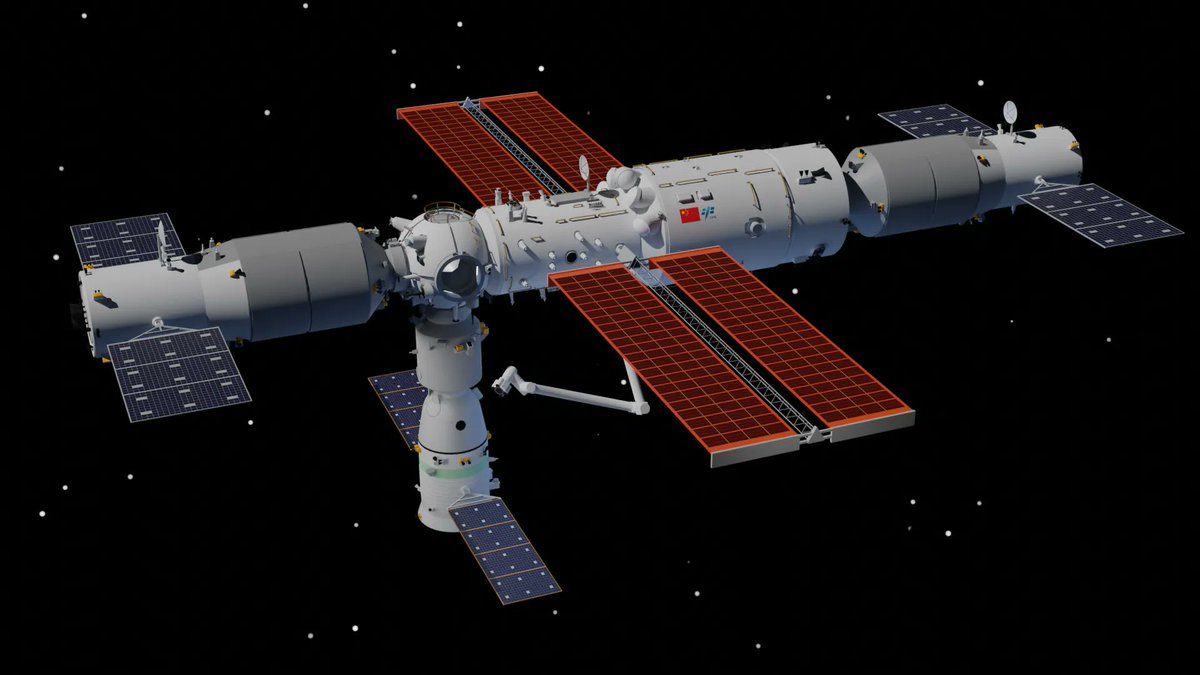China has expanded their research capabilities on the Tiangong 3 space station by adding a science module, named Wentian. The new laboratory launched from the Wenchang launch center on July 23 and the module docked to the space station on July 25. China’s Manned Space Agency (CMSA) says the astronauts on board will soon be able to conduct experiments in microgravity and life sciences.
Continue reading “China has Added a Science Module to its New Space Station”An Ambitious Plan to Find Earth 2.0
When it comes to astronomy, the more instruments watching the sky, the better. Which is why it has been so frustrating that the world’s rising superpower – China – has long lacked focus on space-science missions. In recent years, with some notable exceptions, China’s space agency has focused on lunar exploration and human spaceflight, as well as some remote monitoring capabilities, leaving the technical know-how of arguably the world’s second more capable country on the sidelines when it comes to collecting space science data. Now, a team led by Jian Ge of the Shanghai Astronomical Observatory has suggested the most ambitious Chinese-led space science mission to date. And it plans to search for one of the holy grails of current astronomy research – an exoplanet like Earth.
Continue reading “An Ambitious Plan to Find Earth 2.0”China’s Tianwen-1 has Imaged the Entire Surface of Mars, Completing its Primary Mission
After exploring Mars for more than a year, China’s Tianwen-1 space probe has successfully taken images covering the entire Red Planet, China’s National Space Administration (CNSA) announced on June 29. Tianwen-1, which translates to “quest for heavenly truth”, consists of six separate spacecraft: an orbiter, two deployable cameras, lander, remote camera, and Zhurong rover. The images in question were taken by the orbiter while circling Mars 1,344 times, capturing images of the Red Planet from every angle while Zhurong explored the surface. in the statement, CNSA said the probe has now completed all of its tasks, which included taking medium-resolution images covering the entire planet.
Continue reading “China’s Tianwen-1 has Imaged the Entire Surface of Mars, Completing its Primary Mission”China’s Lunar Lander Finds Water Under its Feet

Earlier this year, scientists from China’s Chang’E-5 lunar lander revealed they had found evidence of water in the form of hydroxyl from in-situ measurements taken while lander was on the Moon. Now, they have confirmed the finding with laboratory analysis of the lunar samples from Chang’E-5 that were returned to Earth. The amount of water detected varied across the randomly chosen samples taken from around the base of the lander, from 0 to 180 parts per million (ppm), mean value of 28.5?ppm, which is on the weak end of lunar hydration.
“For the first time in the world, the results of laboratory analysis of lunar return samples and spectral data from in-situ lunar surface surveys were used jointly to examine the presence, form and amount of ‘water’ in lunar samples,” said co-author Li Chunlai from the National Astronomical Observatories of the Chinese Academy of Sciences (NAOC), in a press release. “The results accurately answer the question of the distribution characteristics and source of water in the Chang’E-5 landing zone and provide a ground truth for the interpretation and estimation of water signals in remote sensing survey data.”
Continue reading “China’s Lunar Lander Finds Water Under its Feet”A Geologic map of the Entire Moon has Been Released at 1:2,500,000-Scale

Chinese scientists have created the most detailed map of the Moon yet. It took them 10 years and involved hundreds of researchers. The new map will be a boon to lunar exploration and for anyone who just wants to study our natural satellite in more detail.
Continue reading “A Geologic map of the Entire Moon has Been Released at 1:2,500,000-Scale”Shenzhou-14 Astronauts Begin Their Mission of 6 Months in Space

The Shenzhou-14 mission, carrying three Chinese astronauts, docked successfully earlier this week with the Tiangong-3 space station. During their six-month mission on board the station, the new crew hopes to continue work on construction of the orbital Chinese outpost, which will be about one-fifth the size of the International Space Station.
Continue reading “Shenzhou-14 Astronauts Begin Their Mission of 6 Months in Space”A Fleet of Space Telescopes Flying in Formation Could Reveal Details on Exoplanets
We’ve found thousands of exoplanets in the last couple of decades. We’ve discovered exoplanets unlike anything in our own Solar System. But even with all we’ve found, it seems like there’s more and more to discover. Space scientists of all types are always working on the next generation of missions, which is certainly true for exoplanets.
Chinese researchers are developing an idea for an exoplanet-detecting array of space telescopes that acts as an interferometer. But it won’t only detect them. The array will use direct imaging to characterize distant exoplanets in more detail.
Continue reading “A Fleet of Space Telescopes Flying in Formation Could Reveal Details on Exoplanets”Here’s What China is Planning to do in Space for the Next 5 Years
Central planning is literately central to any communist country, though its history has mixed results. As part of that planning, bureaucrats in all parts of the government are occasionally tasked with coming up with goals and milestones for their specific part of the government. These usually take the form of a five or ten-year plan, which is what the China National Space Agency (CNSA) released on January 28th.
Continue reading “Here’s What China is Planning to do in Space for the Next 5 Years”Chinese Rover Finds Translucent Glass Globules on the Moon

Scientists say China’s Yutu-2 rover, part of the Chang’E-4 mission, has found several small glass globules on the Moon’s far side. While tiny glass beads have been found previously in lunar samples brought back by the Apollo astronauts, the ones found by Yutu-2 are much bigger and translucent.
The discovery was made by Dr. Zhiyong Xiao, one of the lead scientific team members of the Chang’E-4 mission. They beads were found by looking at panoramic images taken by the rover. Since the rover doesn’t have sampling capabilities and is not a sample return mission like it’s older sibling, the Chang-E-5 mission, there is no compositional data on the glass beads, only observational evidence.
Continue reading “Chinese Rover Finds Translucent Glass Globules on the Moon”A Chinese Space Tug Just Grappled a Dead Satellite
A Chinese satellite pulled a defunct navigation satellite out of the way of other satellites on January 22nd. The satellite, called SJ-21, appeared to operate as a space tug when it grappled onto the navigation satellite from the Chinese CompassG2 network. The operation details didn’t come from Chinese authorities but a report by ExoAnalytic Solutions, a commercial space monitoring company.
Chinese authorities are tight-lipped about the operation, but what can observations tell us about Chinese capabilities?
Continue reading “A Chinese Space Tug Just Grappled a Dead Satellite”





